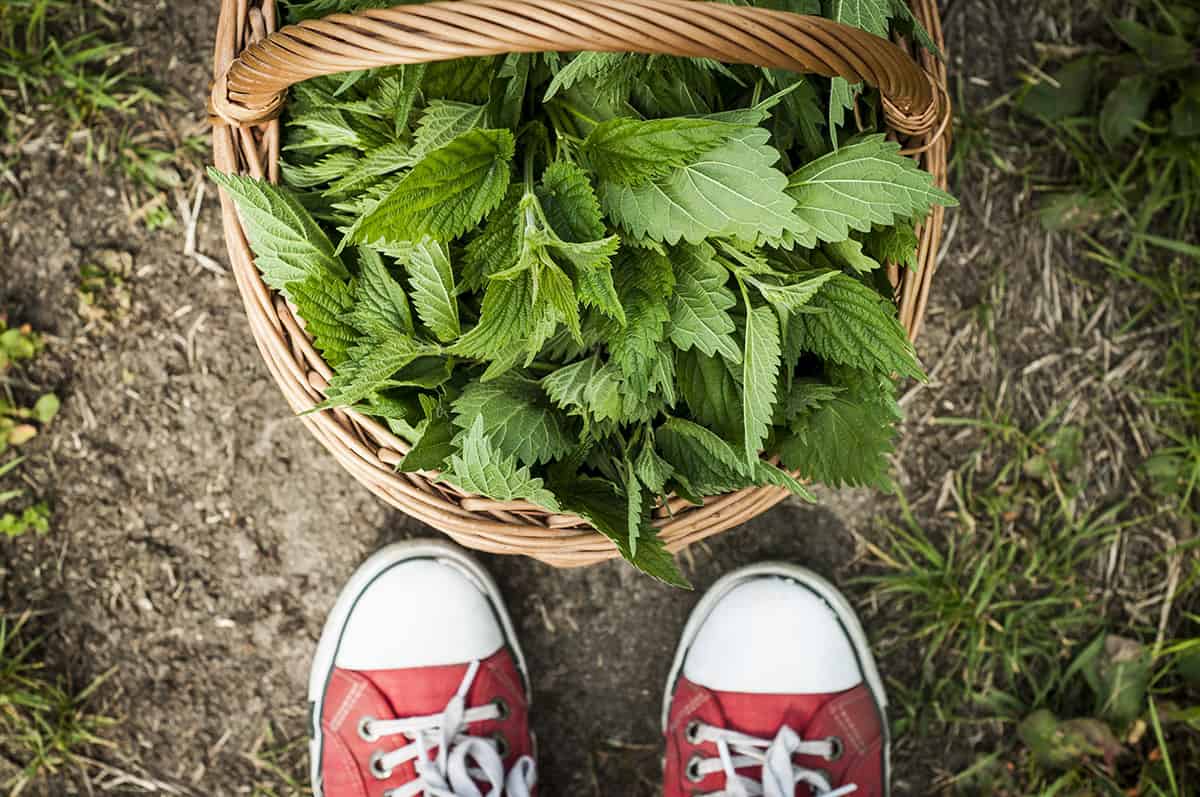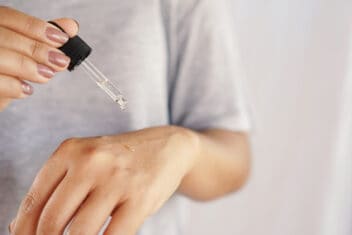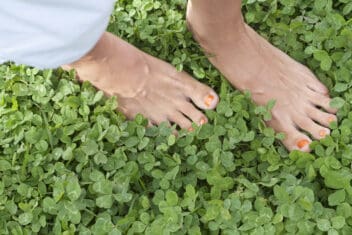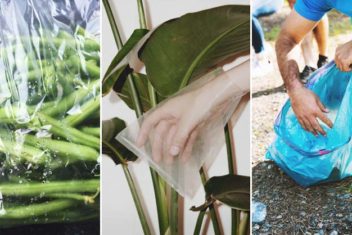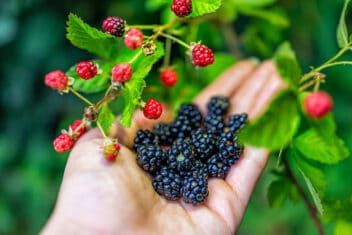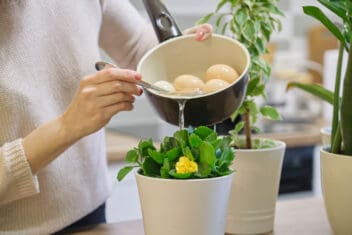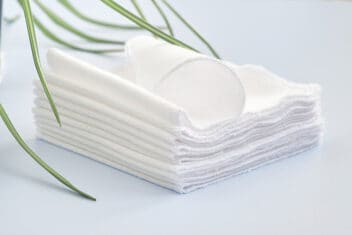If you’ve ever fallen into a patch of stinging nettles, you’ll probably remember the experience. Those bristly hairs can cause itching, burning rashes at the slightest touch. That said, stinging nettles (Urtica dioica) are incredibly nutritious, delicious wild foods that also happen to have numerous uses.
As far as nutrition is concerned, few other plants can match these beauties. They’re packed with iron, calcium, vitamins C, K, A, and B, as well as sodium, potassium, and phosphorus. Nettles are also surprisingly rich in antioxidants such as beta-carotene and lutein, and they have oodles of essential amino acids too.
Isn’t that exciting? Here’s how to make use of all that goodness.
How to Harvest Stinging Nettles
These plants—and their equally delicious cousins—grow prolifically all over the world. Beyond being packed with nutrition for humans, they’re incredibly beneficial in the garden as well.
Better yet, isn’t it awesome that you can benefit from all of stinging nettle’s many uses just by taking a walk with a basket?
If you’re trying to figure out how such a painful plant can be used, you’re not alone. Most foraging newbies have a difficult time wrapping their heads around this one. The key to harvesting and using these babies is protective gear.
I wear leather gloves to harvest them, along with a sturdy long-sleeved shirt. This way, I don’t risk exposing any of my (very sensitive) skin to the stinging bristles. Unless you’re using them in the garden, you’ll want to take away their sting.
Once you’ve harvested a big bunch of them, pull the leaves off and toss them into a large pot.
You can then either pour boiling water over them and let them blanch for a few minutes, or cover them with water and boil them gently for a few minutes. This will dissolve their stinging bristles so they can’t attack you.
If you want to bring some nettles to your garden, dig up a young clump, roots and all, and plant right away.
How to Eat Stinging Nettles
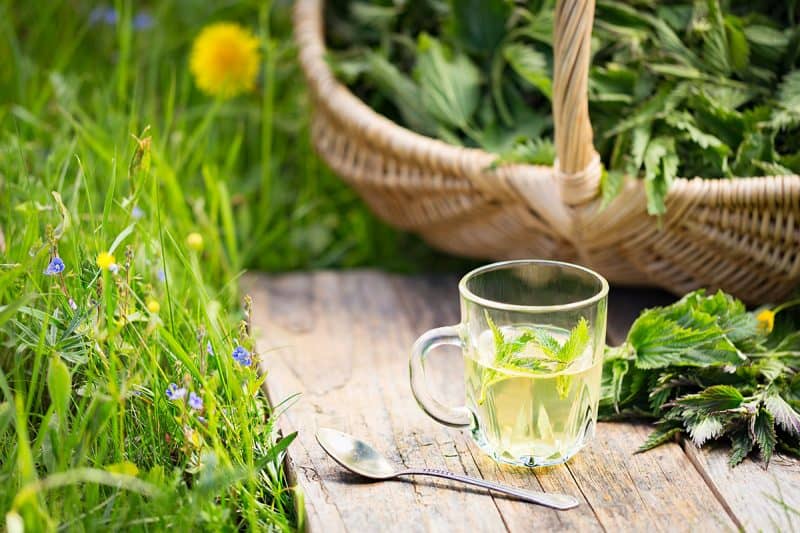
Personally, I like to boil stinging nettles, and then use that mineral-rich water for soup stock, or for cooking rice, pasta, quinoa, etc. Just remove the nettles from their boiling bath with a slotted spoon and toss them into ice water. This will shock them into staying nice and green instead of browning on you.
1. Pesto
Fresh pesto is an absolute joy to work with. You can spread it on toast, use it as a base for pizzas, mix it into pasta, or stir it into soup for added flavor.
Combine two cups blanched and drained nettles in a food processor or blender with:
- 2 tbsps nuts (your choice, though I like pine nuts)
- 3 tbsps Parmigiano Reggiano, Romano, or vegan grated “cheese”
- 2 peeled garlic cloves, or 1 tsp dried garlic powder (at least!)
- 3/4 to 1 cup olive oil
- 1 tsp salt
- A bit of cracked pepper
Adjust the olive oil, garlic, salt, nuts, etc. to taste. Once you’ve achieved a flavor and consistency that you like, transfer this into a jar. You can use it immediately for the aforementioned dishes, or just eat it with a spoon whenever the whim strikes you. It’ll keep in the fridge for about a week.
2. Wilted or Braised Greens
Stinging nettles are so tasty that one of the best ways to use them is simply lightly cooked and seasoned. All you need to do is drizzle them with some olive oil, salt, and garlic, and sautee them on medium-low heat for eight to 10 minutes. Then eat them as is with a poached egg on top, or use them to top pizza, add them to spanakopita… the options are endless.
Note: If you’re trying to get kids to eat stinging nettles, try mixing them 50/50 with spinach, and creaming them. Just sautee the chopped greens in butter instead of olive oil, then mix in a bit of sour cream, heavy cream, salt, and garlic powder to taste. Serve on toast points or potato pancakes.
3. Soup
My favorite way to eat nettles is in soup. I’ll simmer the greens in homemade stock on med-low heat for about 10 minutes, then remove them with a slotted spoon. Various ingredients go in, depending on the day, followed by the chopped cooked nettle greens. This can be pureed into a thick pottage, or eaten as is.
4. Egg Dishes
Swap out spinach or kale in your favorite quiche or egg muffin recipe. The stinging nettles add a delicious earthy flavor and add extra nutrients. Alternatively, whip them into your scrambled egg mixture before cooking it, or use them in lieu of greens in omelets. Try them paired with either goat cheese or brie for a drool-worthy breakfast.
5. Smoothies
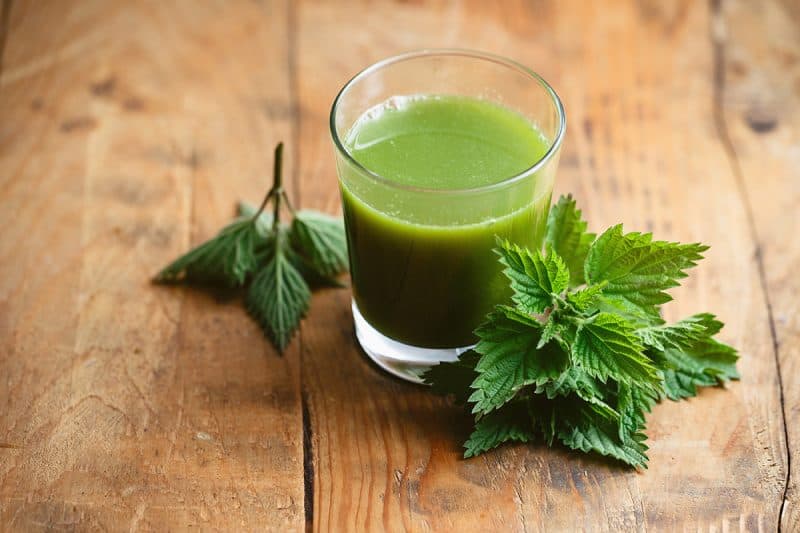
If you’re a fan of adding spinach, kale, or watercress to smoothies, you’ll love using stinging nettles as well. They add a beautiful burst of green flavor to these drinks, as well as intense nutrition.
6. Powder
You can make a super-nutritious powder out of dried nettles, and add it to pretty much anything. I add it to soups, smoothies, and stews, as well as scrambled eggs, curries, savory baked goods, and herbed cheeses. Check out our full article for a step-by-step guide on making your own powdered greens at home. It’ll add a burst of mega nutrition as well as flavor to anything you add it to.
7. Beer
Surprised that you can make beer with stinging nettles? If you’re a homebrewer, a nettle beer is a must-try. Combine a little lemon, sugar, water, yeast, and nettles and you can have yourself a tasty beverage. Homestead Honey has an excellent recipe that you can use to create nettle beer.
Stinging Nettle Medicinal Uses
In addition to being incredibly nourishing, stinging nettles have a variety of different medicinal uses. The leaves are best used in tea (infusions), for these purposes, but you can also make decoctions and tinctures from the seeds and roots. Various nettle parts affect different aspects of health and wellbeing.
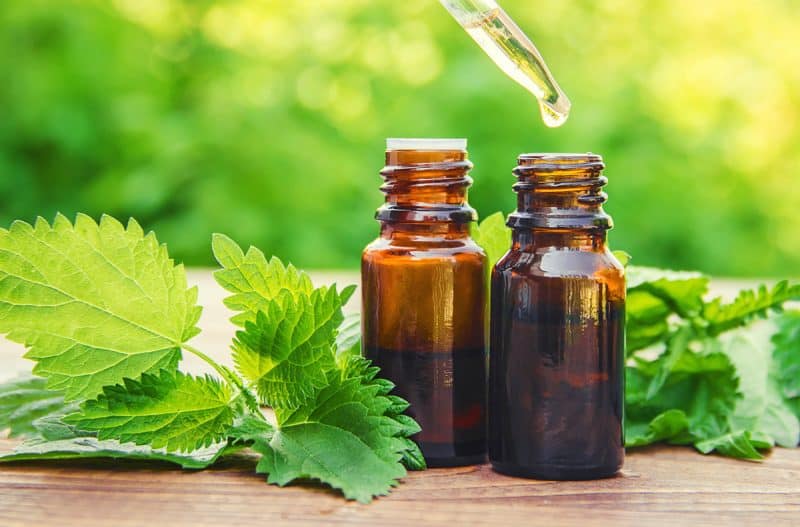
Nettle is alterative, in that it balances and strengthens various metabolic functions. It’s also an adaptogen, which means that it helps our bodies adapt and recover from stress, inflammation, etc.
8. Blood Builder
People who suffer from anemia—especially women who have heavy menstrual periods—may benefit from consuming stinging nettles. These plants are startlingly high in iron and contain about 1.5 mg of iron per serving.
A single cup of cooked nettles can offer you about 15% of your daily iron requirements. Furthermore, this plant’s vitamin C content helps you absorb this non-heme iron source more easily.
9. Alleviate Adrenal Fatigue
People who have to deal with long-term stress can often suffer adrenal fatigue and depletion. Symptoms may include fatigue, lethargy, brain fog, anxiety, hair loss, weight loss, and emotional disconnection. Nettle seeds—either taken in a tincture or eaten raw—may alleviate many of these issues.
Master herbalist Kiva Rose has noticed that people who suffer from severe burnout can show marked improvement after taking nettle. These improvements may include greater mental clarity, increased lung capacity, physical and mental stamina, lessened anxiety and depression, and an overall sense of connectedness.
10. Assists in Bone Health
Nettles’ high calcium content and anti-inflammatory properties makes it helpful for treating osteoarthritis [1] and osteoporosis. Drinking nettle tea, brewing the leaves into soups, or eating them cooked can significantly increase bone health and stability.
11. Reduces Swelling, Redness, and Discomfort from Inflammation
If you’re dealing with an inflammatory issue, try a nettle root decoction. Nettles’ anti-inflammatory components can help to reduce this discomfort.
12. Kidney, Bladder, and Reproductive Health
Like dandelions, some of stinging nettles’ uses is that it has a mild diuretic and astringent effects. This means that they help to eliminate excess water from the body via urination. They can help to reduce edema and premenstrual water retention.
Additionally, nettles can help to tone the kidney, bladder, and reproductive organs. People who suffer from recurring urinary tract infections or kidney inflammation may benefit from taking nettle seed extract.[2]
In fact, nettle seeds may also help to restore and replenish kidney health and function after being severely damaged, or even failing. While they can’t turn back the clock and turn an octogenarian’s kidneys back to being as frisky as a pre-teen’s, they have been shown to help get people off dialysis with significantly improved kidney function.
Uses for Stinging Nettles in the Garden
Stinging nettles have several important uses in the garden. If you have a nearby nettle patch, you can get your hands on free fertilizer, a handy trap crop, and a way to attract ladybugs and butterflies.
13. Fertilizer
Gather up some nettles, mash or chop them up, and pack them into a bucket. Use some bricks to hold the nettles down and fill the bucket with water. You want about one cup of nettles to 10 cups of water. Let this mix sit for about a month and then dilute it 1:10 nettle soup to water. Spray on your plants or use it to water the soil.
14. Trap Crop
Aphids love stinging nettles, so you can plant them on the perimeter of your garden to attract the aphids there instead of to your valuable veggies and herbs. Pull up and dispose of the nettles once they’re covered in the tiny critters, or spray the nettles with horticultural oil.
15. Attract Beneficial Insects

Butterflies and ladybeetles love stinging nettles as much as aphids do. If you plant nettles near your garden, you can attract these insects, which will benefit all of the plants you’re growing.
Final Notes
Please harvest and use stinging nettles responsibly and ethically. Don’t take the first plant you see, nor the last. Although nettles self-sow rather enthusiastically, they can take years to establish a healthy patch. Take only what you need, and allow the plants to reproduce and thrive.
If you get stung by the nettles and get a rash, mix a bit of baking soda with water and apply that to the area to neutralize the reaction.
As always, please do thorough research before taking herbs as part of your personal health regimen. Consult your healthcare practitioner if you’re worried about any contraindications, and make sure you identify these plants thoroughly before consuming them.
The information here is offered here as suggestions on plant use, but it’s up to the individual to educate themselves thoroughly before using plants as food or medicine.
References:
- Jacquet A, Girodet PO, Pariente A, Forest K, Mallet L, Moore N. Phytalgic, a food supplement, vs placebo in patients with osteoarthritis of the knee or hip: a randomised double-blind placebo-controlled clinical trial. Arthritis Res Ther. 2009;11(6):R192. doi: 10.1186/ar2891. Epub 2009 Dec 16. PMID: 20015358; PMCID: PMC3003499.
- Phytomedicine. 2003;10 Suppl 4:53–5. Long-term efficacy and safety of PRO 160/120 (a combination of sabal and urtica extract) in patients with lower urinary tract symptoms (LUTS). Bondarenko B, Walther C, Funk P, Schläfke S, Engelmann U.
